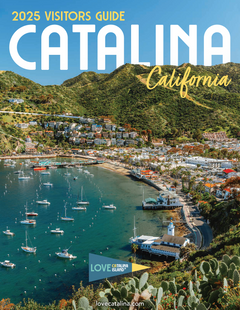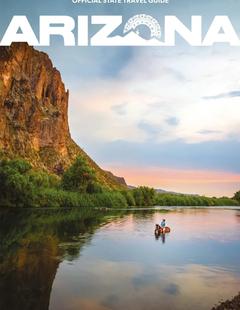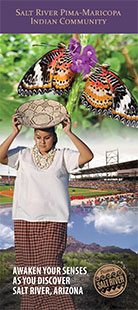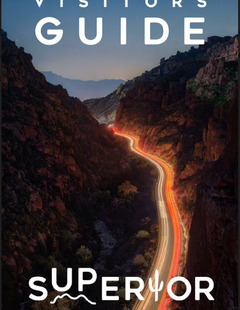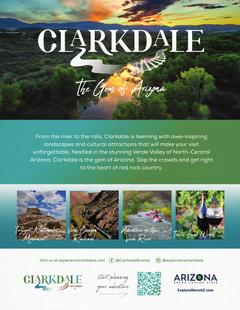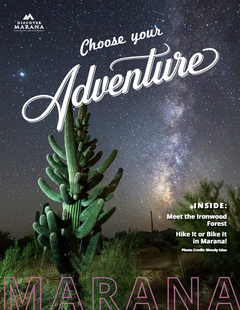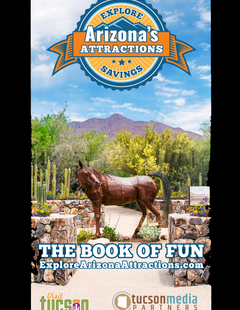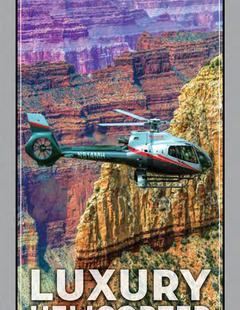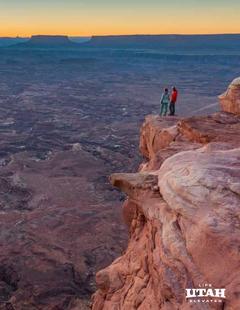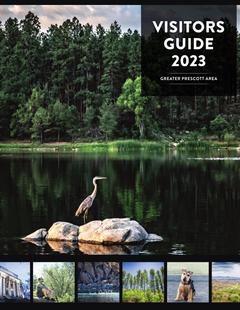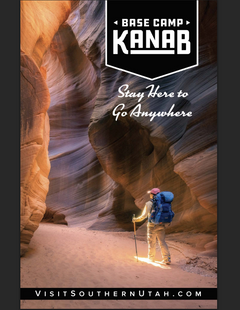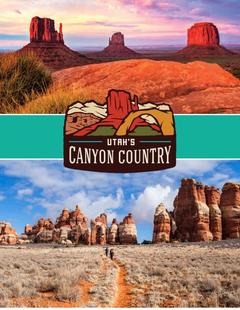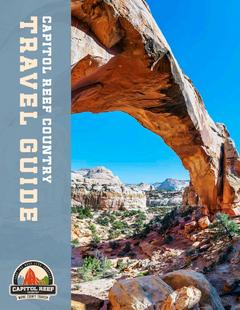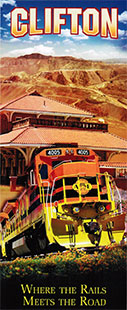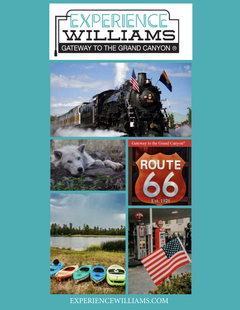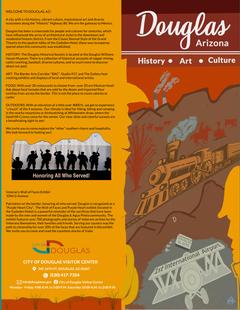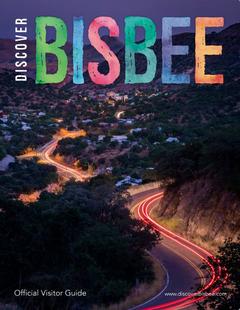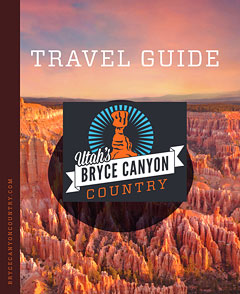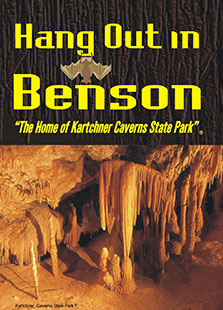Basics
- Length:
- 41.5 miles (66 km)
- Time:
- Allow about five hours to drive this byway
- Fees:
- There are no fees along the byway proper but there are fees to use the recreational parks and attractions.
Description
This historic road covers some of the most rugged terrain in Arizona. The land surrounding the road rises steeply to the north to form the Four Peaks Wilderness Area and to the south to form the Superstition Wilderness Area.The Superstitions have drawn people for thousands of years, and its innermost canyons harbor springs and thousand-year-old Indian ruins. Steep-sided canyons, rock outcroppings and magnificent geologic formations are all along the road. Fish Creek Canyon is perhaps the most awe-inspiring section. The road hangs on the side of this high-walled canyon and winds its way along tremendous precipices that sink sheer for hundreds of feet below.
The first part of the Apache Trail climbs a hairpin road through the desert, revealing how the Sonoran Desert survived for a millennia by traversing along the path to the Salt River, and then along to Theodore Roosevelt Lake. The paved portion of this road goes past a ghost town, and Canyon Lake, which offers first-rate fishing, mostly for bass and catfish. The upper stretches offer a scatter of camping spots and lovely cliff-side inlets. The upper lake also hides Skeleton Cave, the site of a grim battle in 1872. There, a cavalry patrol trapped a band of Yavapai Indians during the infamous Tonto Basin War.
Take advantage of the several opportunities to camp along this road, and five miles north of Apache Junction is the Lost Dutchman State Park, where not only can you camp and picnic, but you'll also find trails leading into the Superstition Wilderness. The western slopes of the Superstitions have some of the most spectacular wildflower blooms in western Arizona, with Mexican gold poppies, blue lupine, and purple owl clover. Although not as frequently visited, Apache Lake offers excellent fishing and some of the best camping in central Arizona. When the lake is full, it stretches for 17 miles and measures 266 feet deep. The water supports the area's wildlife, including deer, coyotes, bobcats, raccoons, ringtails, mountain lions and bighorn sheep.
Points of Interest
Points of Interest Along The Way
Tonto National Forest (AZ)
As the fifth largest forest in the United States, the Tonto National Forest occupies nearly three million acres of land and is one of the most-visited forests in the U.S.

















